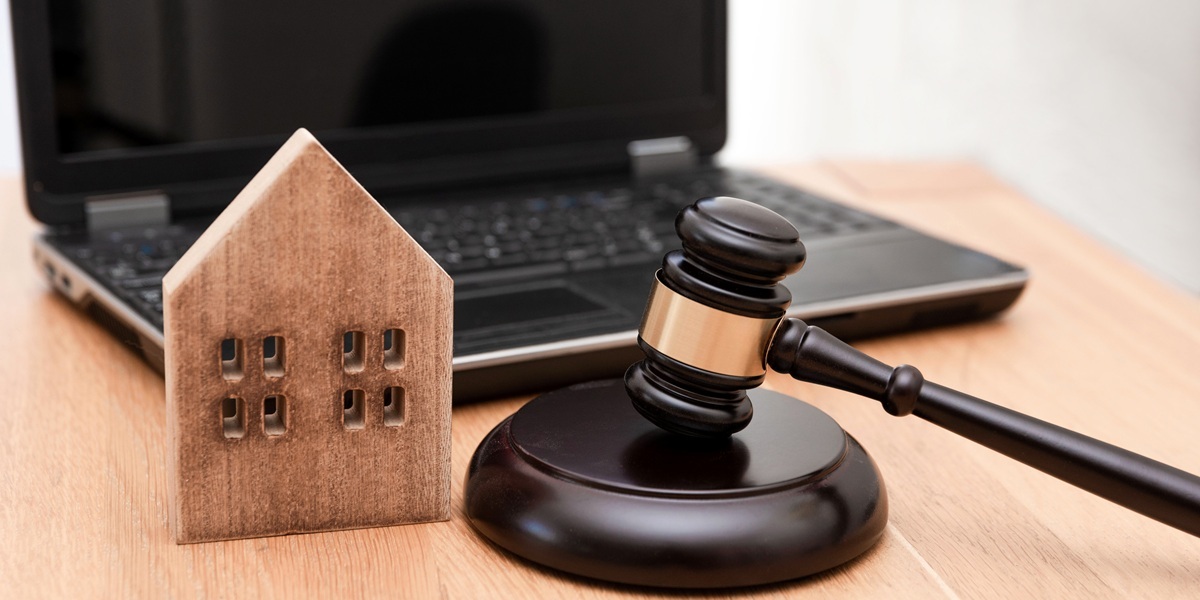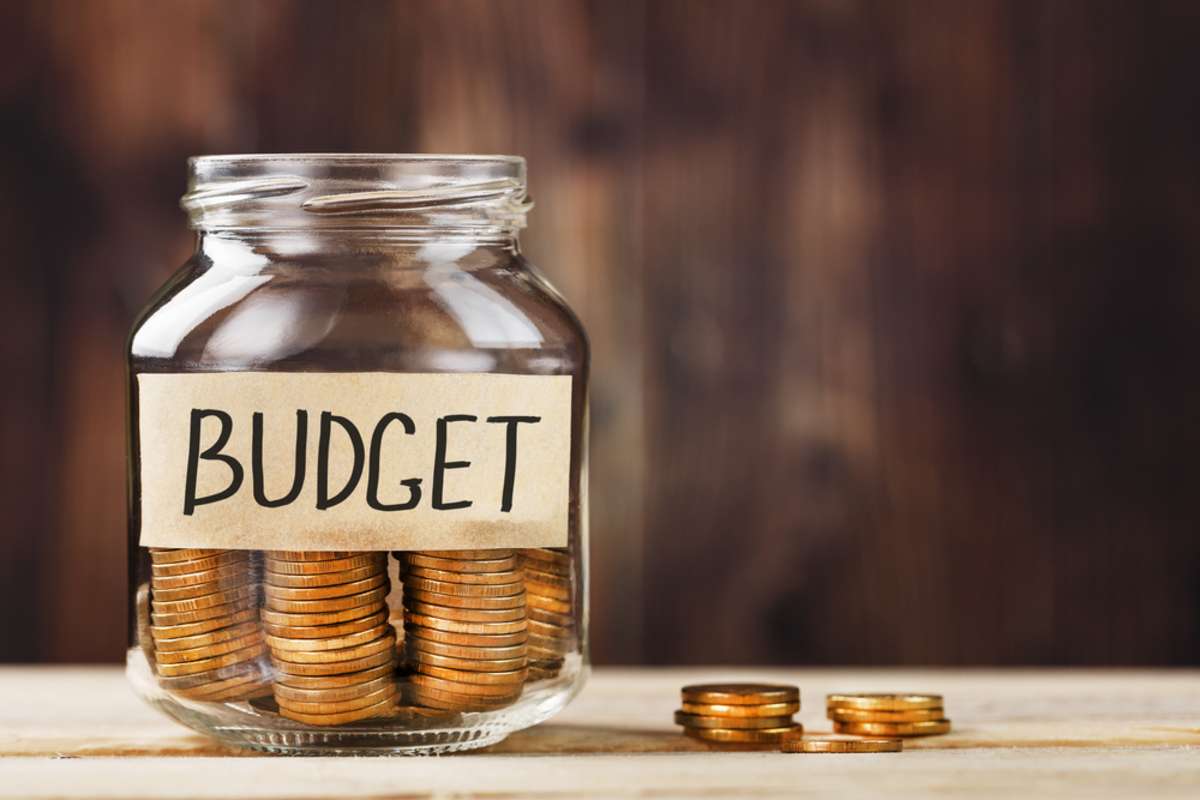Understanding how to calculate return on investment for a rental property is essential for making informed decisions as a real estate investor. Whether you are evaluating a new purchase or reviewing an existing rental, ROI gives you a clear picture of how well your money is working for you.
In competitive, high-cost markets like Seattle, accurate property ROI calculations matter even more. Strong demand, rising rents, and local regulations can all affect returns. This guide breaks down how ROI works, how to calculate it correctly, and what Seattle investors should factor into their analysis.
What ROI Means for Rental Property Investors
Return on investment, or ROI, measures how much profit a rental property generates compared to the total amount invested. It is typically expressed as a percentage and helps investors understand overall performance.
ROI matters because it supports smarter planning and decision-making. When you know your ROI, you can better forecast cash flow, compare properties, evaluate financing options, and identify opportunities to improve performance.
In Seattle, ROI often reflects a balance between monthly income and long-term appreciation. Many investors accept slightly lower cash-flow returns in exchange for stable tenant demand and strong property values. Calculating ROI helps you see whether that tradeoff makes sense for your goals.
The Core ROI Formula (and the Easiest Way to Calculate It)
The most common way to calculate ROI for a rental property uses a simple formula:
ROI = (Annual Return ÷ Total Investment) × 100
What Counts as Total Investment?
Your total investment includes more than just the purchase price. It should reflect all upfront costs, such as:
- Down payment or full purchase price
- Closing costs
- Initial repairs or renovations
- Inspection fees and other acquisition expenses
Including all costs ensures your ROI reflects the true amount of capital invested.
What Is Annual Return?
Annual return is your net profit for the year. This is calculated by subtracting operating expenses from your rental income. Expenses may include property taxes, landlord insurance, maintenance, utilities, property management fees, and vacancy costs.
A Simple ROI Example
Assume the following:
- Total investment: $300,000
- Annual rental income: $36,000
- Annual expenses: $10,000
Your annual return would be $26,000.
ROI = ($26,000 ÷ $300,000) × 100
ROI = 8.67%
This means your rental property generates an 8.67% return annually based on the amount invested.
Calculating ROI for Cash Purchases vs. Financed Properties
ROI calculations change slightly depending on how you purchased the property.
ROI for a Cash Purchase
For cash purchases, total investment includes the full purchase price plus any upfront costs. Annual return is your net rental income after expenses. This approach provides a straightforward view of how the property performs without debt.
ROI for a Financed Property
When using a mortgage, ROI is usually calculated based on cash invested, not the full property value. This includes:
- Down payment
- Closing costs
- Renovation expenses
Mortgage payments are treated as an expense when calculating annual return. This method often results in a higher ROI percentage because less cash is invested upfront.
Both methods are valid. The key is to use the same approach when comparing properties.
Additional ROI Metrics Smart Investors Use
While standard ROI is useful, experienced investors often rely on additional metrics for deeper insight.
Cash-on-Cash Return
Cash-on-cash return focuses only on the cash invested and the annual cash flow generated. It is especially helpful for financed properties and short-term performance tracking.
Capitalization Rate (Cap Rate)
Cap rate measures a property’s return based on net operating income and market value. It is commonly used to compare properties within the same market.
Net Operating Income (NOI)
NOI represents income after operating expenses but before financing costs. It helps investors evaluate a property’s core performance.
Appreciation Impact
In markets like Seattle, appreciation can significantly affect long-term ROI. While appreciation is not guaranteed, it remains an important consideration for investors focused on equity growth.
Tax Benefits
Depreciation, deductions, and other tax benefits can improve overall returns. These factors vary by investor and should be reviewed with a tax professional.
Factors That Impact ROI in Seattle’s Rental Market
Seattle presents unique considerations that directly influence ROI.
Renter Demand and Vacancy Trends
Seattle continues to attract renters due to job growth and limited housing supply. Lower vacancy rates help stabilize income and reduce turnover costs.
Neighborhood Differences
ROI varies by location. Areas like Ballard, Capitol Hill, Northgate, and the Central District each have different rent levels, tenant profiles, and maintenance needs.
Local Ordinances and Compliance
Seattle rental laws can affect costs and timelines. Requirements related to screening, notice periods, and habitability standards should be factored into ROI calculations.
Maintenance Costs in Older Homes
Many Seattle rentals are older properties. Deferred maintenance, system upgrades, and energy efficiency improvements can impact expenses and long-term returns.
Seasonal Leasing Patterns
Leasing activity often peaks in spring and summer. Planning for slower leasing periods helps protect cash flow and ROI.
Property Type
Condos, single-family homes, and multi-family properties all perform differently. HOA fees, shared maintenance, and unit density influence returns.
How Professional Property Management Improves ROI
Professional property management plays a key role in protecting and improving ROI. At Real Property Associates, our approach is built on transparency, consistency, and long-term value.
We help investors improve returns through:
- Strategic rental pricing based on market data
- Reliable tenant placement and compliant screening
- Proactive maintenance coordination
- Reduced vacancy through efficient leasing
- Accurate financial reporting and performance tracking
A dependable management partner helps minimize risk while maximizing both income and asset value.
Making Smarter ROI Decisions with Real Property Associates
Understanding how to calculate return on investment for a rental property gives you a clear baseline for evaluating performance. In Seattle’s complex rental environment, accurate calculations and informed management decisions are essential.
Real Property Associates supports investors with data-driven analysis, ethical service, and dependable property management strategies designed for long-term success. If you want a clearer picture of your property’s performance or guidance on improving returns, our team is here to help.
Request a Free Rental Analysis today and take the next step toward stronger, more predictable rental property ROI.
Post originally published June, 2021 & updated December 2025.









